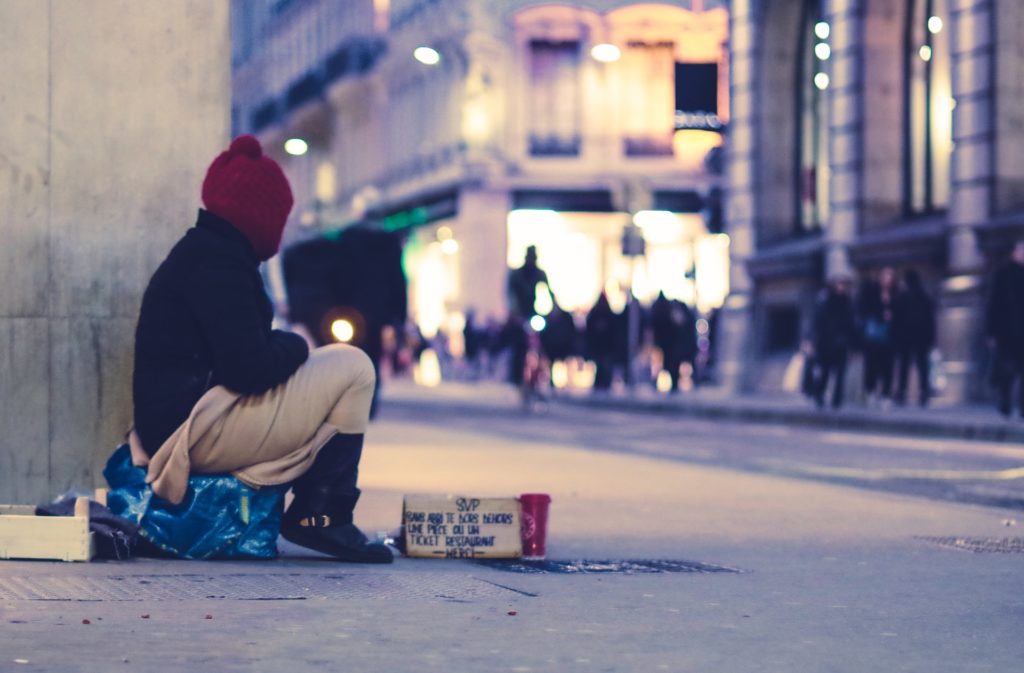The homeless population in the Brussels region has risen sharply to a new record of 5,313 people, according to data from the most recent November 2020 census.
It’s a 27.8% increase over the last two years, and the number of minor children living in homelessness has increased by 50%.
“More attention must be paid to prevention. Once someone is homeless, it immediately becomes much more difficult,” Frank Vanbiervliet of the organisation Bruss’Help told Bruzz.
Almost a thousand of those homeless people are squatting, meaning they are living in abandoned or otherwise unoccupied housing that they do not own or pay for, which is a 70% increase over 2018.
The number of people living in shelters doubled to 1,430, with a slight decrease in the amount of people living on the street, and a similarly small decrease in the percentage of people experiencing homelessness that are women.
Bruss’Help thinks that the coronavirus pandemic and related economic crisis has played a part in the rise.
Related News
- Vaccine strategy may miss the most vulnerable, warn poverty campaigners
- Brussels adds more shelters for the homeless
The number of homeless people in the region has been increasing steadily over the years, an issue that was brought to light during the recent exceptionally cold winter months. Brussels, which has the highest number of homeless people in all of Belgium, struggled to find enough space in its existing shelters to protect the vulnerable population from the cold.
When looking at the numbers of a 12-year period, Brussels’ homeless population has more than tripled in size.
Bruss’Help thinks these figures may still be lower than the actual number, pointing out the difficulty in counting “hidden homelessness.”
“Different categories remain invisible to us,” Vanbiervliet told Bruzz. “This is the case, among others, for people who are threatened with deportation or people who are staying with friends or family due to lack of housing.”
Helen Lyons
The Brussels Times

